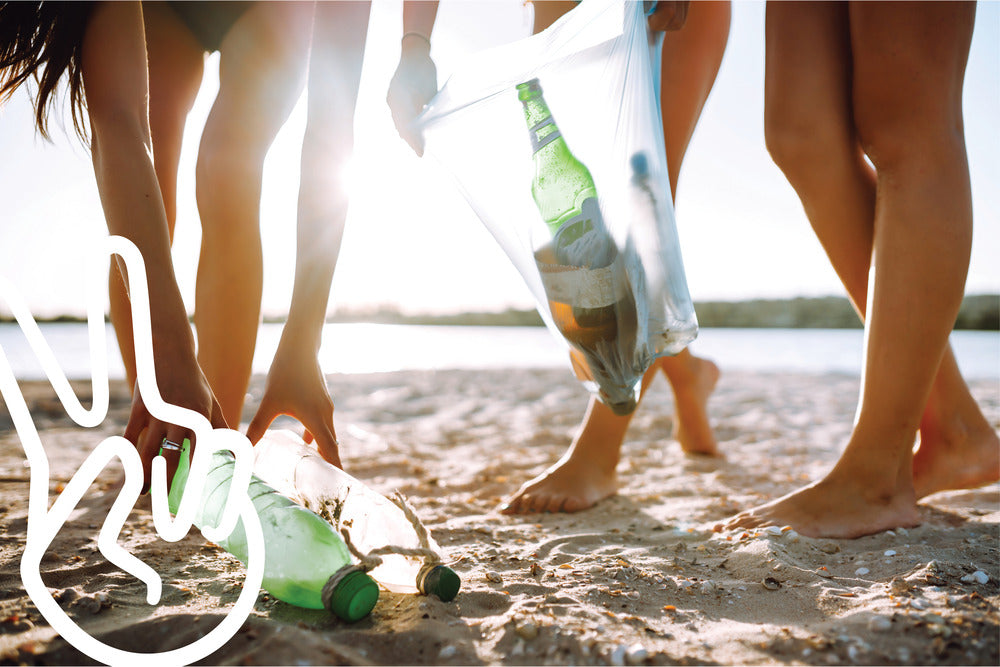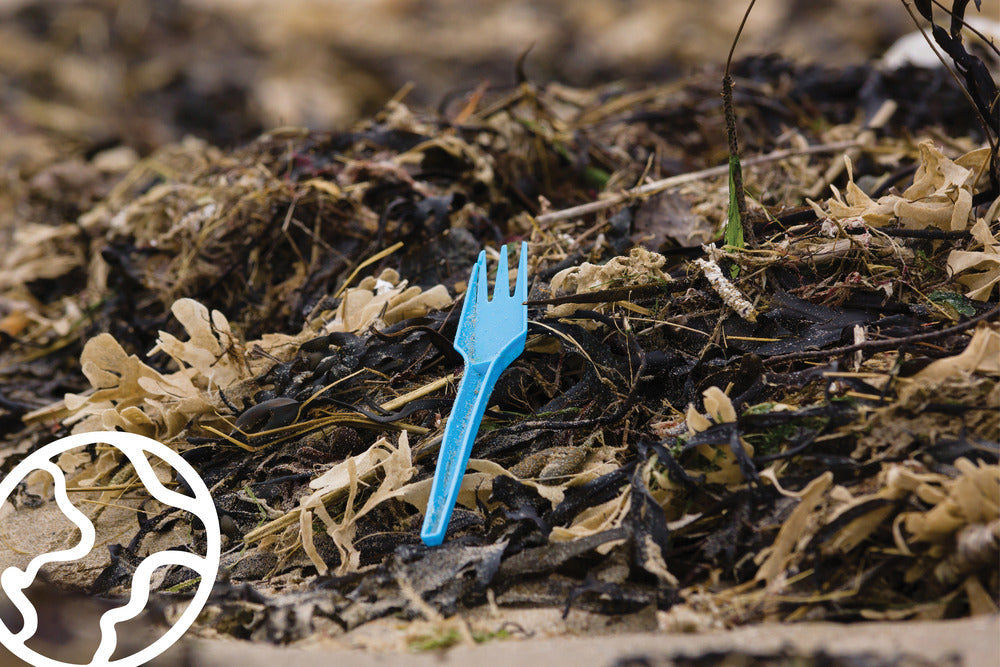We’ve all heard it: Plastic is bad. And, to be fair, most of the time—it totally is. Single-use plastic clogs landfills, pollutes oceans, and takes hundreds of years to break down. But what if the answer isn’t as black-and-white as tossing every plastic item in your home and starting over with bamboo everything?
In a world where convenience is king and plastic is practically unavoidable, it’s worth asking: Can plastic ever be eco-friendly? Let’s dig into the good, the bad, and the gray area in between.
Not All Plastics Are Created Equal
When we think of plastic pollution, most of us picture straws, grocery bags, and takeout containers littering beaches—and with good reason. These kinds of plastics are usually designed for a single use and then tossed away without a second thought. But plastic isn’t inherently evil; it’s the way we use it that causes problems.
A reusable plastic food container that lasts ten years? That’s a very different beast than a plastic clamshell holding pre-cut fruit. Context matters. The environmental impact of plastic has less to do with the material itself and more to do with its intended lifespan. So before we lump all plastic into the “bad” bin, let’s take a closer look.
The Problem with Single-Use Plastics
The issue with most plastic isn’t just that it exists—it’s that we use it once and throw it away. Globally, we produce over 400 million tons of plastic every year, and about half of that is single-use. Think straws, wrappers, water bottles, and the cellophane on your favorite snack.
These items are usually used for a few minutes but stick around for centuries. Worse, many are not recyclable due to their composition or contamination (looking at you, greasy takeout boxes and multilayer chip bags). That means they go straight to the landfill—or end up in waterways where they break into microplastics and wreak havoc on ecosystems.

When Plastic Can Be Part of the Solution
Here’s where things get a little more nuanced. Some plastic items—especially ones that are durable, reusable, and thoughtfully made—can help reduce waste. Picture a high-quality plastic spray bottle you refill with DIY cleaner for years, or a food-grade container that replaces countless zip-top bags and cling wraps.
In these cases, plastic becomes a tool for sustainability, not the enemy. The key is using plastic intentionally—choosing it for long-term use, taking good care of it, and recycling it properly when it reaches the end of its useful life.
The Power of Reusables
At Marley's Monsters, we believe that the most eco-friendly items are the ones you actually use—and keep using. That’s why we design products that are washable, durable, and built to last. And yes, sometimes that includes plastic. Our To-Go Ware containers and kitchen essentials feature thoughtfully sourced materials that balance function, durability, and sustainability.
Because while we love a wooden brush or a stainless steel straw as much as the next eco-lover, there are times when BPA-free plastic makes sense—especially when it makes a product more accessible, child-friendly, or functional. If a plastic lid keeps your leftovers fresh for years and helps you avoid food waste, that’s a win in our book.
Compostable vs. “Biodegradable” Plastic
You’ve probably seen “biodegradable” or “compostable” plastics popping up lately. These sound like dream alternatives—but they come with caveats. Biodegradable plastics may break down faster than traditional plastics, but many require industrial composting conditions that most people don’t have access to. Toss them in a backyard compost bin, and they’ll hang around like the rest of the plastic gang.
Compostable plastics made from plant starches (like PLA) are promising, but again—only if they’re properly disposed of in commercial composting facilities. If they end up in landfills or oceans, they behave just like regular plastic. So unless your city offers compost pickup or you live near a compost facility, these options can be more confusing than helpful.

What About Recycled Plastic?
Recycled plastic, also called post-consumer recycled (PCR) plastic, is another way to reduce plastic’s environmental impact—when used smartly. Products made from PCR plastic help divert waste from landfills and use fewer resources than virgin plastic. This makes them a step in the right direction, especially for items that need to be moisture-resistant or lightweight.
That said, plastic can only be recycled so many times before it degrades. And not all recycling systems are created equal—many communities lack the infrastructure to handle certain plastic types. So while buying recycled is better than buying new, we still recommend reaching for reusable and compostable materials whenever possible.
The Best Eco-Friendly Alternatives to Plastic
So, what should you use instead of plastic whenever possible? Great question. The most sustainable options are those that combine durability, reusability, and low environmental impact.
Here are a few of our favorite swaps:
-
Unpaper Towels: Replace disposable paper towels and reduce packaging waste at the same time. Ours come in fun prints and roll up on a standard towel holder.
-
Beeswax Wraps: A natural alternative to plastic wrap for covering bowls or wrapping snacks. They’re washable, reusable, and compostable at the end of their life.
-
Glass or Stainless Steel Storage: Great for leftovers, pantry staples, or even on-the-go lunches—without leaching chemicals or cracking easily.
-
Wooden Dish Brushes: Skip the plastic sponges and opt for bamboo brushes with replaceable heads for a longer-lasting, compostable solution.
-
Cloth Wipes: Ditch single-use baby wipes and tissues. These washable cloths are gentle, absorbent, and ready to reuse again and again.
It’s About Intentionality, Not Perfection
Going plastic-free doesn’t mean you need to throw away every plastic item in your home. That would be wasteful! The goal is to reduce reliance on single-use plastic, choose reusable alternatives when you can, and be mindful about how and why you use plastic at all.
If you’ve got a stack of takeout containers you reuse for meal prep? Keep them. A plastic water bottle that’s been with you for years? Amazing. It’s not about being perfect—it’s about being aware. Every small change adds up, and every reused item keeps more plastic out of the landfill.
So… Can Plastic Be Eco-Friendly?
Yes—but with some big ol’ asterisks. Plastic can be part of a sustainable lifestyle when it’s used with intention, designed to last, and kept out of the single-use cycle. The more we move toward reusables and long-term thinking, the more we shift away from the disposable culture that got us into this mess.
The next time you reach for plastic, ask: Is this built to last? Is there a reusable or compostable alternative? Will I use this long enough to make it worth it? If the answer is yes, you’re on the right track.
Looking to swap single-use plastic for something better? Browse our Plastic-Free Essentials and find the reusables that make sustainability a no-brainer.



